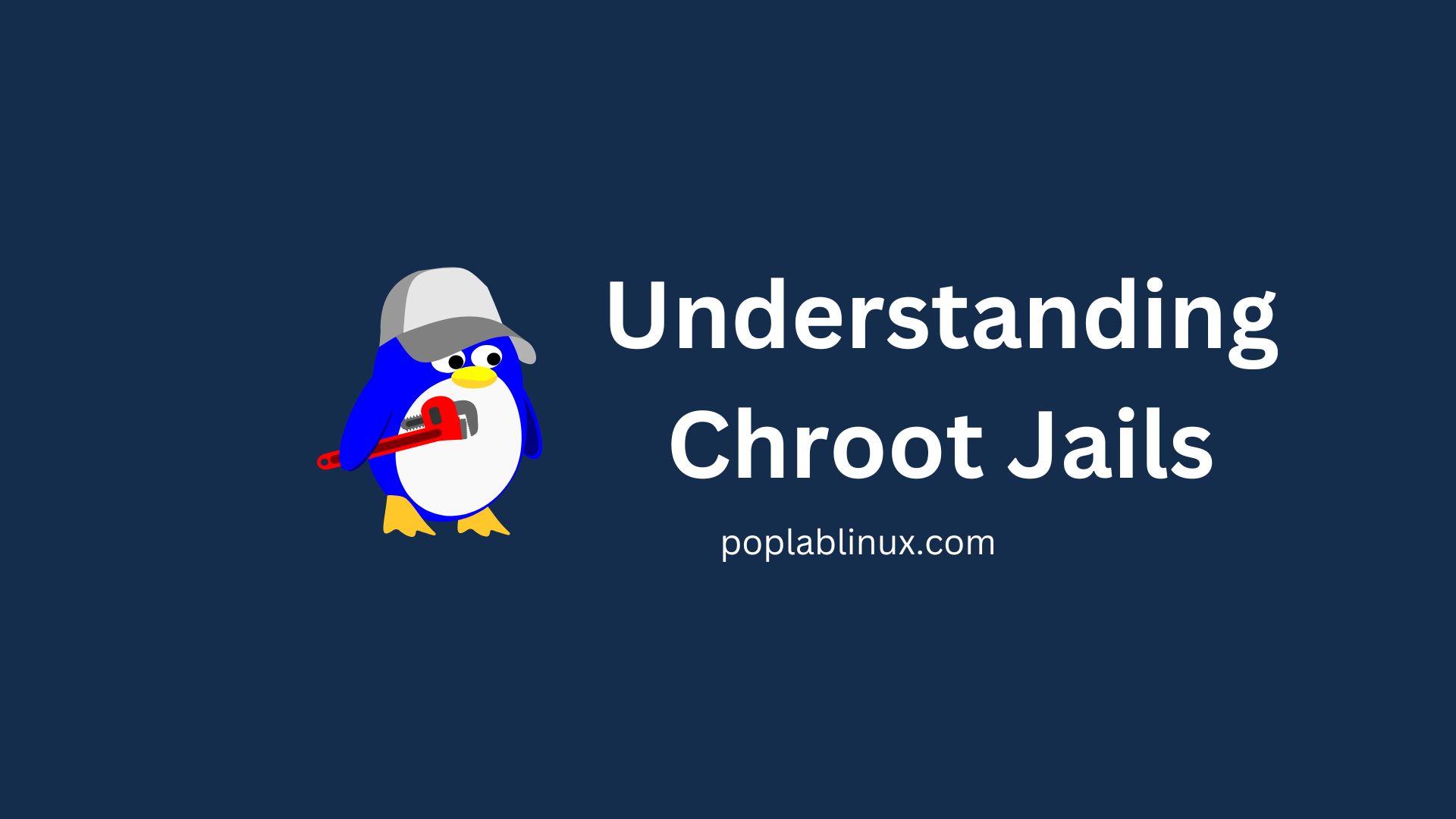Understanding Chroot Jails is easy, first, we need to understand the jailing process and then how to create a jail environment on our Linux system.
If you’ve ever wanted to understand the concept of chroot jails, you’ve come to the right place. This comprehensive guide will explain what it is, why it’s important, and how it’s used.
Table of Contents
Simply put, a chroot jail is an operating system-level virtualization that isolates an application from the rest of the filesystem, temporarily changing the apparent root directory of the currently running process. It’s a type of sandboxing that helps keep applications in their own virtual environment, ensuring they don’t have access to the sensitive data on your system.
To understand why chroot jails are needed, you must first understand how your operating system manages the filesystem. When you open a file in your filesystem, the operating system knows where it is and how to access it.
This is all facilitated through your “root” directory – the directory at the top of the filesystem hierarchy.
The problem is, that not every application (or user) needs to have access to every file on your computer. This is where chroot jails come into play. By changing the apparent root directory of a process, all the paths (or “directories”) that the process will consider for file access are relative to the new root directory.
In effect, this creates a virtualized environment within which the application can safely run, without accessing any of the other files on the system.
Now that we understand why chroot jails are used, let’s discuss how they’re implemented. Luckily, most modern Linux distributions come with a chroot utility, which makes it easy to create chroot jails.
Simply provide the necessary arguments to the chroot utility – including the location of the file system you want to “jail” – and the process is set.
Of course, there are a couple of issues you need to be aware of. Firstly, chroot jails can be broken out of. If an attacker is able to gain access to the chroot jail, they can modify the environment to gain access to the entire system.
Secondly, the application will have access to any files inside the jail, so if the application is compromised, the files inside the jail might also be vulnerable.
Overall, chroot jails are an excellent way to keep applications in a controlled environment, ensuring they don’t access any sensitive information on the system.
By understanding the concept, you can easily and securely use chroot jails in your own environment.
Understanding Chroot Jails
Secure environment using chroot jails
Limit resources access using chroot, it is possible to limit access to files on our system.
/usr/sbin/chrootWhen creating a chroot jail only services or users inside the jail have access to files associated with the jail.


